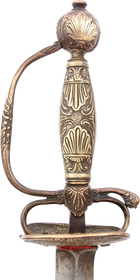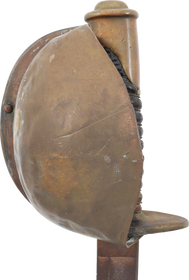For Sale
The following items are listed by for sale by users of the site and dealers. They are in no way endorsed or guaranteed by www.oldswords.com
Add a Classified ItemYou can also receive regular email notifcations when items match your keywords. To recieve them just register or logon at the top right of this page.
- Nation : Japanese
- Local Price : £1,200.00
- Nation : Japanese
- Local Price : £1,195.00
- Nation : German
- Local Price : $1195.00
- Nation : British
- Local Price : £1195
- Nation : British
- Local Price : £1195
- Nation : British
- Local Price : £1175
- Nation : British
- Local Price : £1175
- Nation : Japanese
- Local Price : £1,150.00
- Nation : Russian
- Local Price : £1150
- Nation : British
- Local Price : £1,150.00
- Nation : British
- Local Price : £1,150.00
- Nation : -
- Local Price : £1,150.00
- Nation : British
- Local Price : £1,150.00
- Nation : -
- Local Price : £1,150.00
- Nation : Russian
- Local Price : £1,150.00
- Nation : French
- Local Price : £1150
- Nation : British
- Local Price : £1,150.00
- Nation : American
- Local Price : £1,150.00
- Nation : British
- Local Price : £1125
- Nation : Spanish
- Local Price : £1100
- Nation : Japanese
- Local Price : £1,095.00
- Nation : British
- Local Price : £1,095.00
- Nation : French
- Local Price : 1,450.00 USD
- Nation : American
- Local Price : 1,450.00 USD



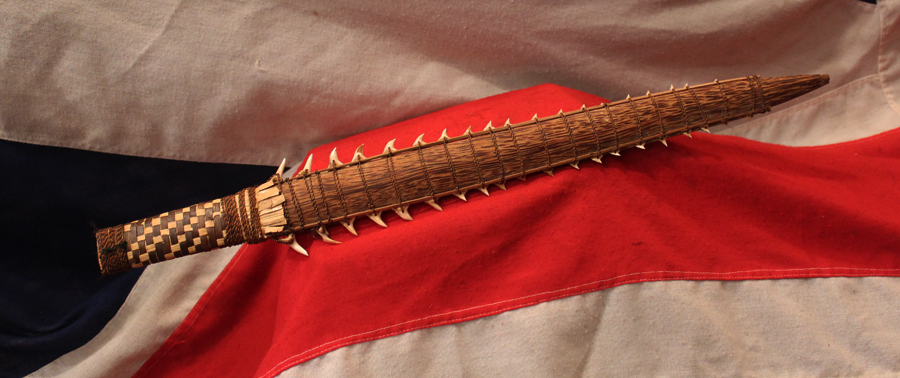

.jpg)
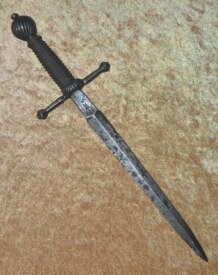
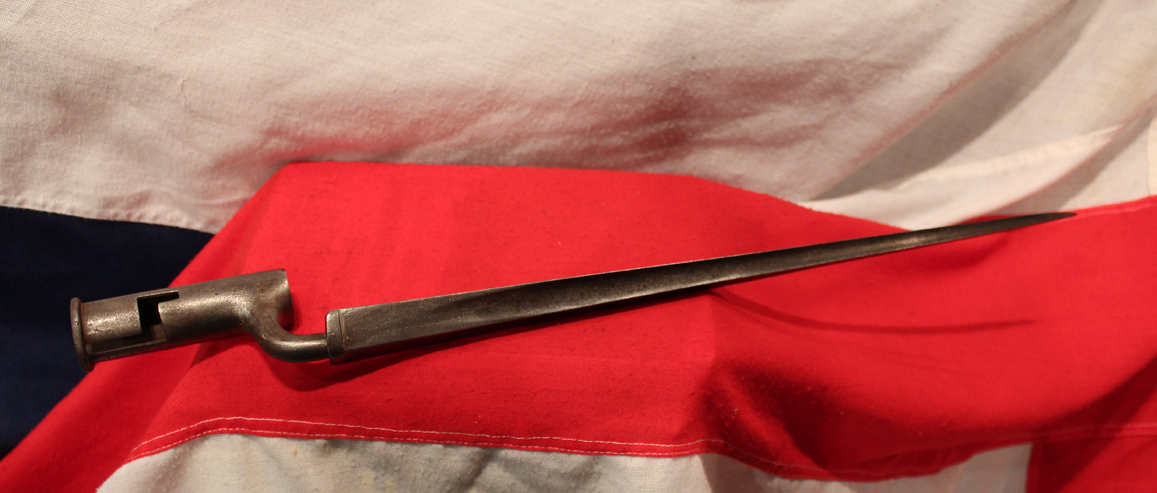
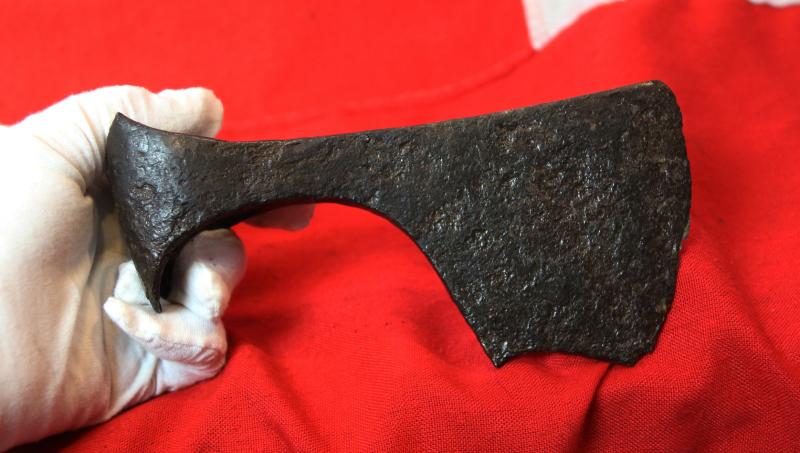
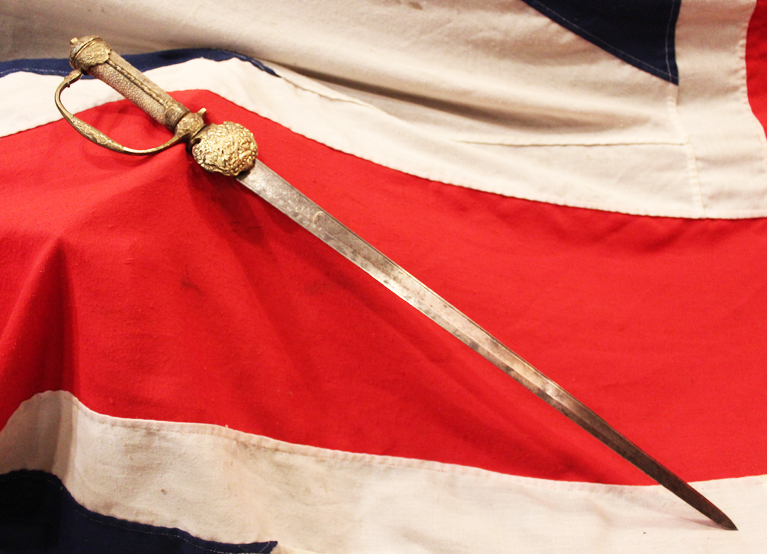
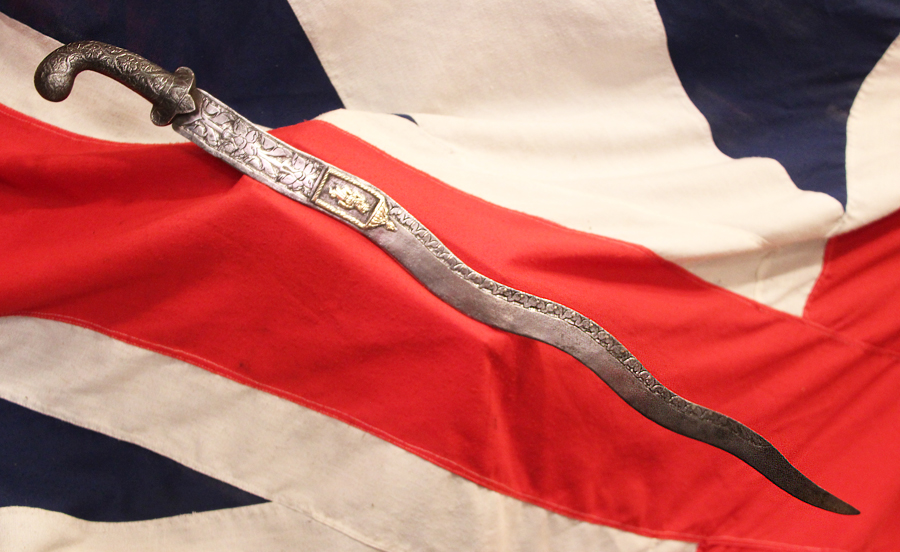
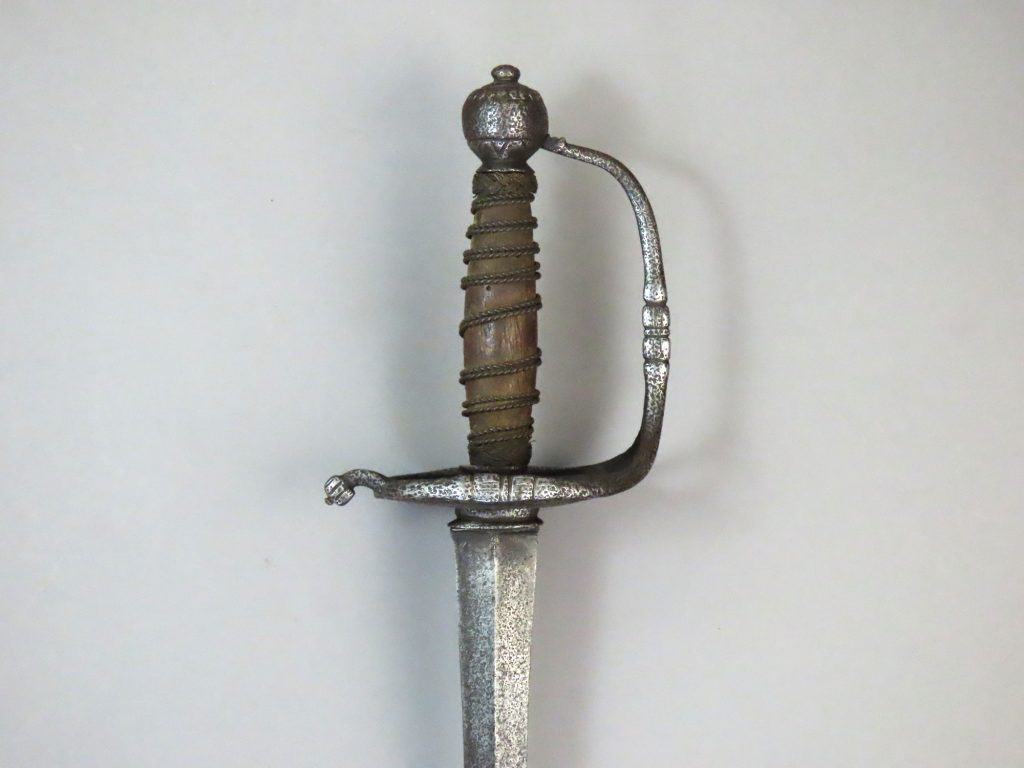
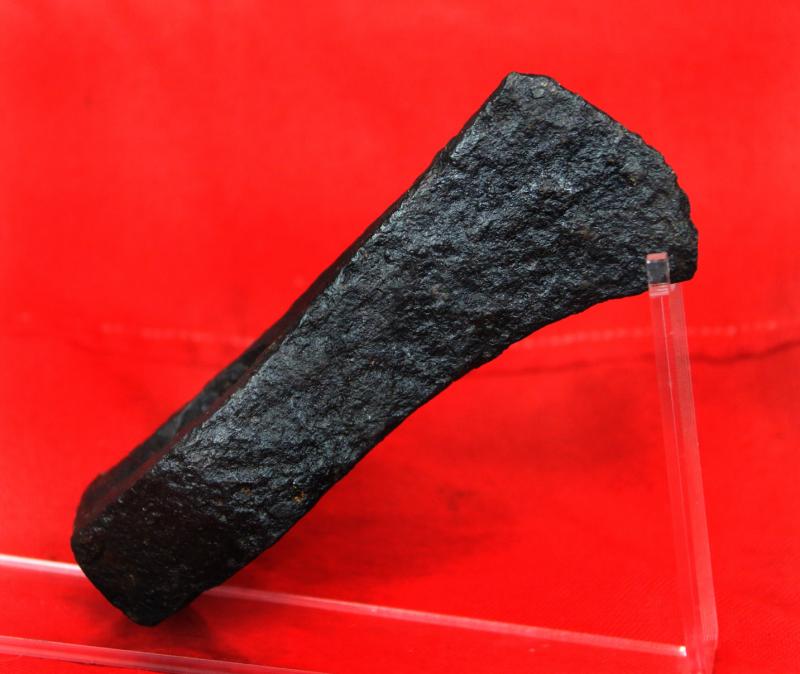
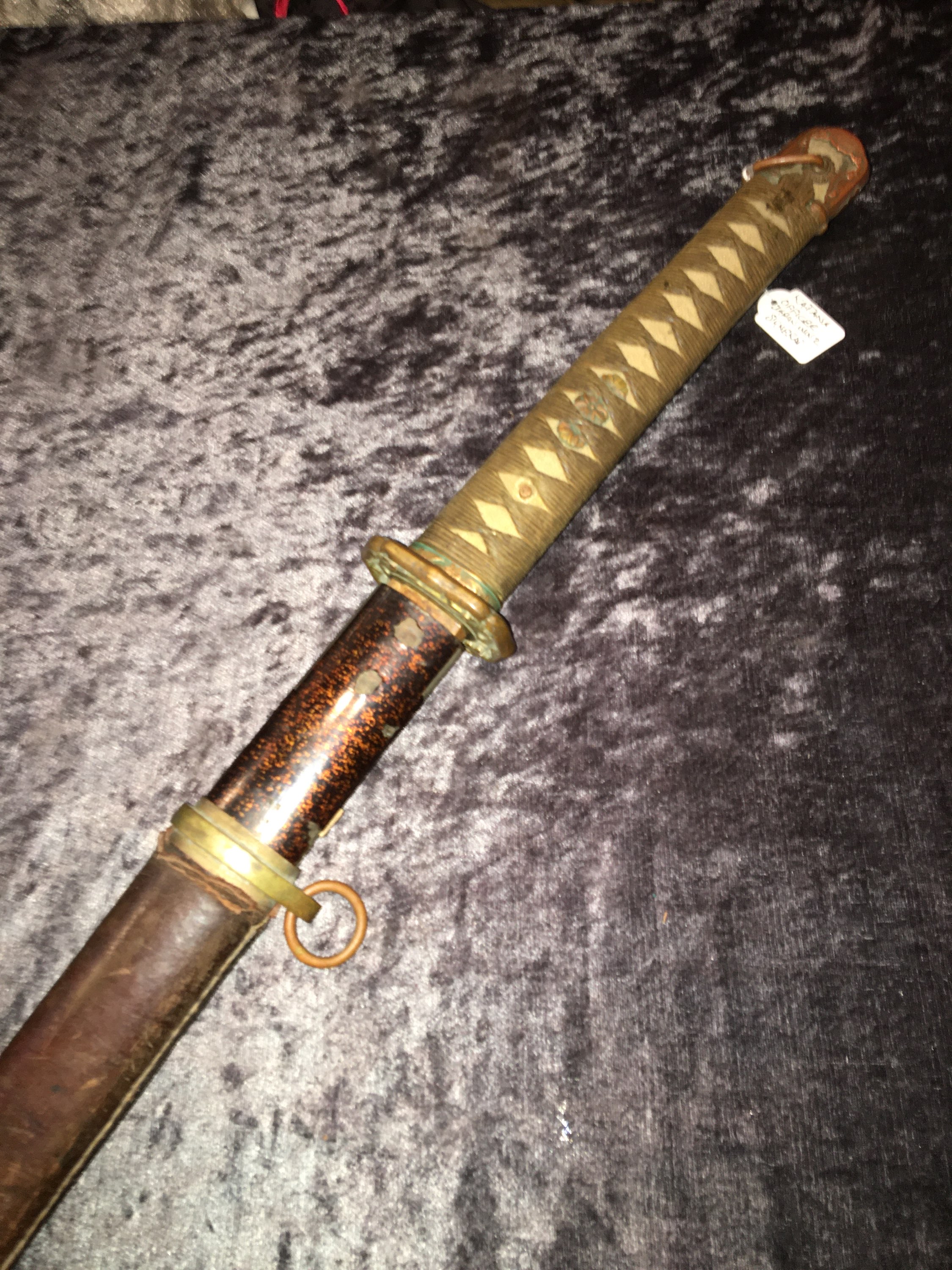

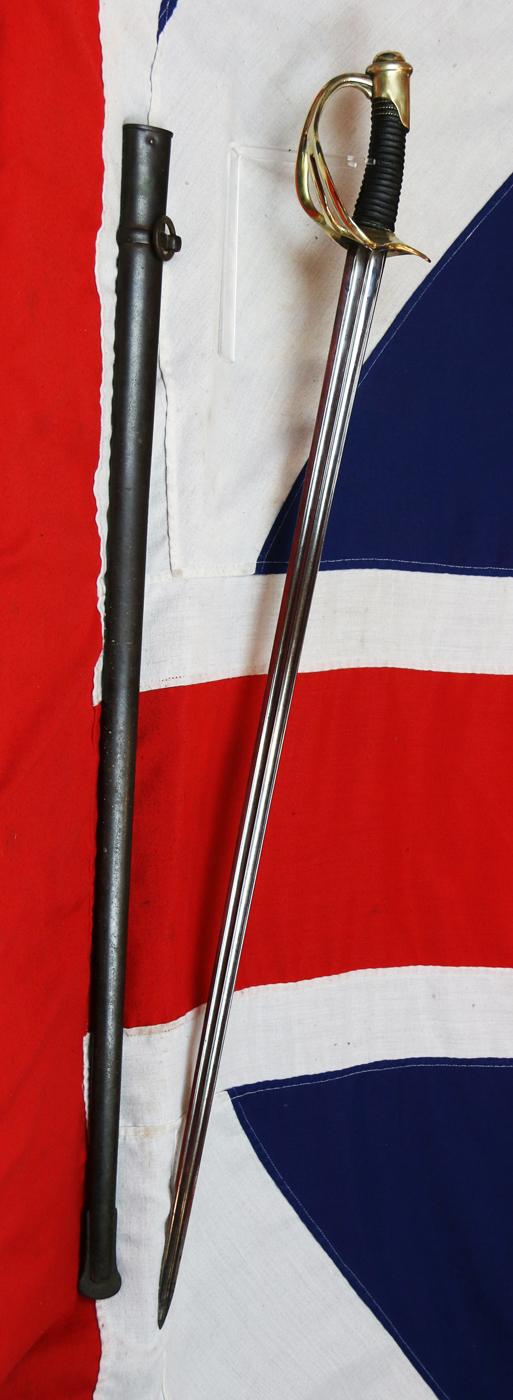
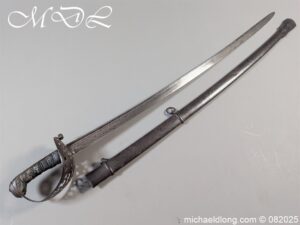

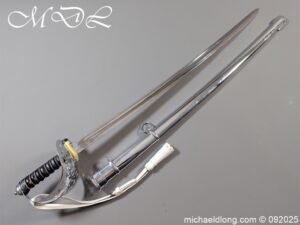
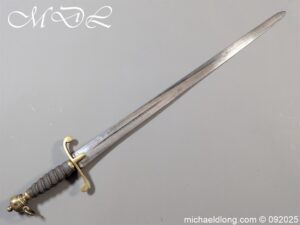

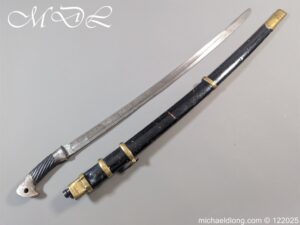



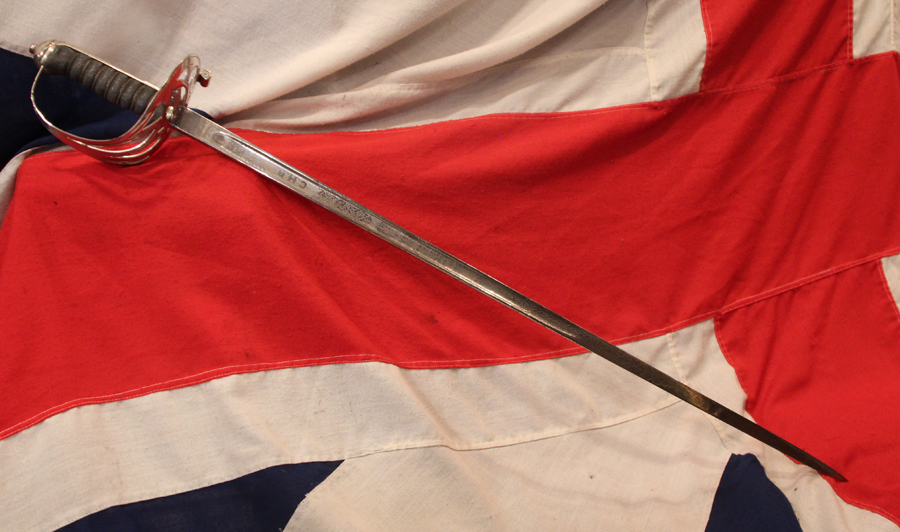




.jpg)
.jpg)
